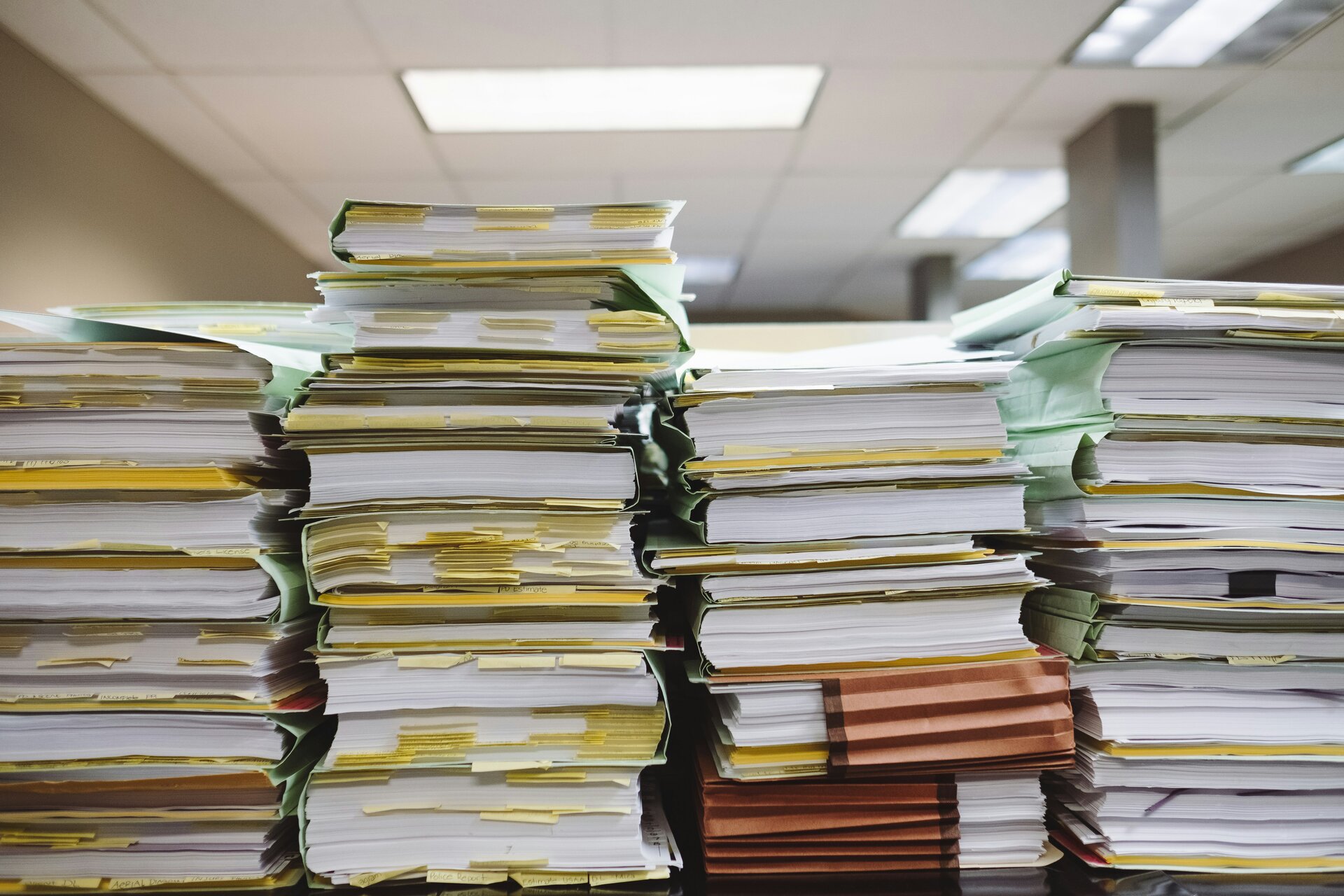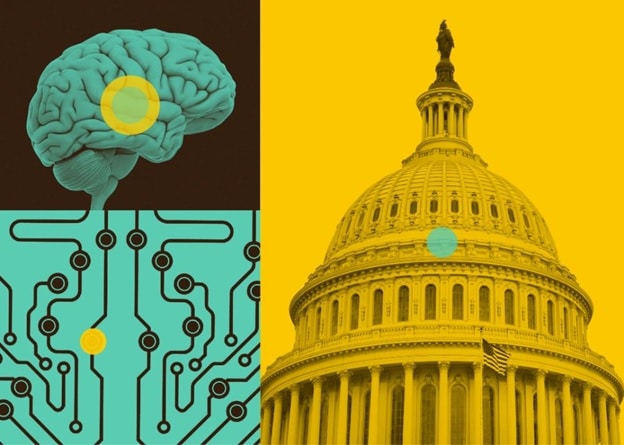Research suggests that roughly 46% of employees find tracking the files and documents they need during their workday unduly challenging and time-consuming. The average worker takes 18 minutes to locate a single document, and the difficulties don’t stop there. Paper document storage systems can pose significant accessibility challenges and data security concerns while contributing to overall productivity losses in the workplace. Scanned document processing, or optical character recognition (OCR), can alleviate some issues by converting paper files. This process allows businesses to use more modern, convenient digital document management systems.
For these reasons, digital document storage is becoming an increasingly common alternative solution for modern work environments. In addition to streamlining workflows for global, remote and hybrid workforces, digital document storage can boost productivity while saving businesses money, time and other resources. As text recognition software, optical character reader applications power many document digitization tools. This quick overview will discuss how OCR technology can help businesses streamline workflows and boost efficiency.
Introduction to Optical Character Recognition or OCR
OCR is a technology that converts different types of documents into editable and searchable data. OCR technology analyzes the shapes, patterns, combinations, and structures of certain characters within a document. It then translates them into machine-readable text that individuals and organizations can easily edit, store, and share.
OCR supports digitized documents like:
- Scanned paper documents
- PDF files
- Images
These file formats can be hard to work with in professional settings because they don’t allow editing. Also, the document’s text isn’t easily extracted for additional uses. Using OCR to complete a scanned image text conversion or to convert a PDF into an editable file format can help companies streamline their records and make their files more widely accessible both internally and externally. Therefore, OCR for data entry and other tasks is a great way to work more efficiently.

History of OCR
OCR technology dates back to the early 20th century. Emanuel Goldberg created a machine that could convert text to telegraph code. In the 1970s, Ray Kurzweil took the process further by developing technology that could decipher different fonts. Kurzweil believed that the best use for his technology was to help people who are blind. OCR proved extremely useful in the 1990s as people started digitizing old newspapers. Today, people can use the technology to scan documents onto their smartphones.
OCR Process and Technology
OCR systems usually follow a particular set of steps to convert document text to different file formats. Here are the steps:
- Step 1: Preprocessing – The system uses noise reduction, skew correction and binarization (which involves converting images to black and white) to enhance the document image or scan quality.
- Step 2: Segmentation – The document is divided into individual characters, words or blocks of text.
- Step 3: Feature extraction – The system analyzes the various segments to identify and distinguish between characters.
- Step 4: Recognition – The system compares the extracted characters against an existing database to correctly piece together letters, words and phrases.
- Step 5: Postprocessing – The system initiates quality checks like spell-checks and format corrections to improve the accuracy and readability of the recognized text.
The role of AI in OCR is substantial and crucial. Many OCR software features can use artificial intelligence to improve accuracy and efficiency. AI algorithms are constantly learning as they go, which can enhance their pattern recognition capabilities and help OCR systems achieve greater levels of text recognition accuracy.
The addition of artificial intelligence into an OCR system is one of the most tried-and-true methods for improving OCR system performance overall. Since AI-powered OCR systems can process documents in real-time or near-real-time, implementing these systems can significantly reduce the time it takes to digitize or convert documents to different file formats. AI algorithms can also help OCR systems recognize complex elements like tables, graphs and symbols. This added functionality can help OCR systems extract data and metadata from documents and files for an even more comprehensive conversion.
Key Concepts and Techniques in OCR
To recap, OCR software solutions convert different types of documents to machine-readable formats through image pre-processing, feature extraction, pattern recognition and character segmentation. There are different types of this technology. Some versions can identify only certain fonts or machine-readable text. Alternatively, other advanced OCR systems or intelligent word recognition (IWR) can interpret more forms of text and offer handwriting recognition for both print and cursive scripts.
Additionally, OCR systems use language modeling algorithms to help them improve their accuracy rates. Language models provide linguistic constraints that help OCR systems better contextualize information, making it easier to correct recognition errors, prevent character confusion, and predict the most likely sequence of characters based on the surrounding text.
Some OCR systems also use dictionary look-up techniques to compare converted text against a dictionary or other lexicon of terms. This step is generally used to catch and remedy spelling and grammatical errors during post-processing. Using these post-processing techniques during the conversion process can eliminate the need for individual employees to review and edit converted files. For this reason, incorporating OCR in business workflows can help corporate leaders save time and money.

OCR Accuracy and Performance
When it comes to the implementation of OCR in digital workflows, business leaders and other professionals should select an OCR software solution that delivers consistently high accuracy rates. If OCR technology makes substantial errors during the conversion process, the resulting digital document may not be suitable for use or require additional rounds of manual editing. Since document digitization is a timesaving and efficiency-boosting tool, additional editing rounds could negatively impact a business leader’s ROI on their OCR system.
There are many factors and variables that can impact the accuracy of an OCR system. For example, when working with handwritten text, OCR solutions may need help to accurately identify certain characters due to poor penmanship or unusual formatting. Similarly, low-quality images and those with poor contrast, blurry focus, low brightness or other visual distortions may be difficult to convert to text. In general, the quality of input images and the complexity of text formats will play a role in OCR accuracy and performance. Challenges like cursive handwriting and old fonts can impact the quality of the output.
Applications of OCR and Use Cases
OCR technology has seemingly limitless uses in a professional setting due to its role in document digitization. In addition to using OCR for document scanning and file conversion, many professionals use this advanced software technology to streamline their data entry process. OCR systems can be used to automate the data extraction process and make it easier to import textual data into existing databases. Number-plate recognition, passport scanning at airports, and digitalizing books for libraries are additional uses for this helpful technology.
OCR also offers options for image-to-text conversion. This technology solution enables iPhone users to search for a keyword in their photo gallery and find images containing that word. OCR technology also powers handwriting recognition tools and can be used to allow for handwriting-based input methods on devices like tablets.
Some professionals may be surprised to learn about OCR technology’s role in improving workplace accessibility. In fact, it’s also crucial in assistive technology for people who are blind or have low vision because it enables text-to-speech conversion. Converting a paper document to a machine-readable digital format can make that document compatible with screen readers, Braille converters and other assistive technologies. Similarly, OCR technology can streamline the translation process for digital documents, which makes it easier for business leaders to communicate more effectively and equitably with community members of all backgrounds and abilities.

Future Developments in OCR
In response to the growing need for OCR applications in various industries, OCR software systems will likely become more accurate and advanced in the coming years. With the help of ever-evolving learning models, future OCR technology will be more accurate and capable of completing increasingly complex conversion processes because of integrations with AI. In fact, experts expect that with AI in OCR solutions, there will be options and multimodal functions like object detection, scene understanding and handwriting recognition for a more integrated approach to file and image conversion.
Also, future developments in OCR will likely lead to real-time video conversion capabilities and more advanced interactive functionalities. This technology would enable professionals to pull the on-screen text from video content like webinars and virtual meetings to generate notes and records of key presentations and communications more efficiently.
Partnering for AI Solutions
Making information more accessible and versatile is one of the best ways to boost workplace productivity. Business leaders who invest in document digitization with OCR often see a significant uptick in their efficiency and the quality of their overall messaging. Streamlining the document management process is a tried-and-true means of supporting employees and clients while helping conserve valuable resources.
Tools like optical character recognition are becoming increasingly commonplace in the workplace and beyond, and the potential for this advanced technology is impressive and wide-ranging. If you’re interested in learning more about AI-powered assistive technologies and productivity boosters, reach out today to speak to a member of the Verbit team.




